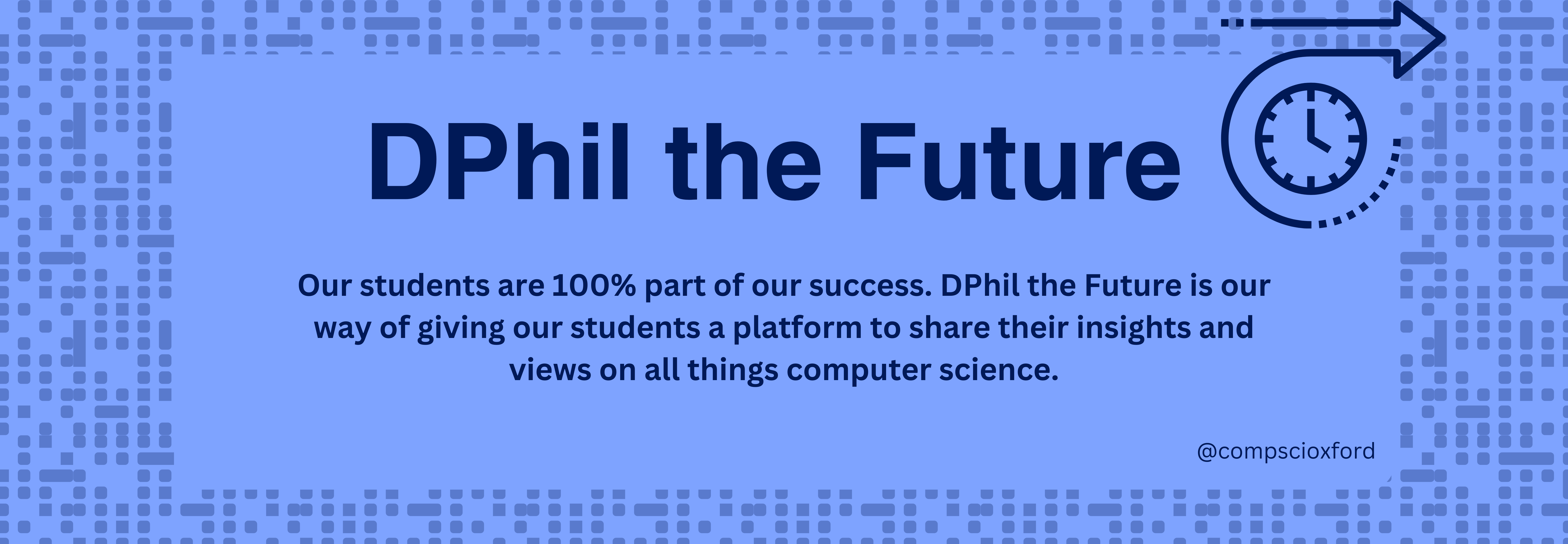DPhil the Future: Parental control apps: protection or punishment?
Posted: 1st December 2020

DPhil student Ge Wang looks at the rapid adoption and increasing reliance on parental control apps and their efficacy
Children are now spending an unprecedented amount of time online each day via their smartphones and tablets. This unusual situation during 2020 has accelerated the need for children to spend time online, a previous report, ‘Children’s Media Lives: Life in Lockdown’ (Ofcom, 2020) showed the ways the COVID-19 pandemic has impacted the structure of children’s daily lives, shifting many their formerly face-to-face activities online.
While the Internet has brought significant new opportunities for children to learn and have fun, even during a pandemic, there have been significant concerns over the risks and dangers of children in online environments. In response to children’s increasing exposure to both classes of risk, a new genre of apps, known as parental control apps, have emerged. These tools are designed to act as technical mediation support for parents to facilitate access to, and control over, their children’s online activities as a means of protecting them online.
This rapid adoption and increasing reliance on parental control apps has raised corresponding questions about their efficacy, how such apps fit into existing parenting strategies, and the effects such apps are having on parents and their children. To understand where and how improvements might be achieved, we analysed 58 popular Android parenting control apps to examine how they regulate their parenting functionalities and how their functions effectively support or fail to support children and parents. As part of this process, we also analysed both children’s and parent’s reviews of each of the apps.
From our studies, it is interesting to see that, instead of considering the apps as protection for them, children usually regard the apps as a form of punishment. Children reported these apps as ‘socially damaging’ or ‘damaging to their mental health’. In some cases, they also stated that the apps are ‘harmful’ or ‘detrimental to experiential learning’; and the apps are ‘unnecessary’ as ‘why not just talk instead’.
On the other hand, parents seem to see the apps as legitimate steps to ensure their children are safe online, an element which they struggled to make clear to their children. Almost all the functions we observed in parental controls apps were about either restriction (ie restricting children’s activities online) or surveillance (ie monitoring children’s activities).
One of the major problems with restriction and surveillance is the extent to which these strategies reduce children’s autonomy and violate their privacy. DPhil student Ge WangHow might apps be made to be more autonomy-supportive then? Here we offered two suggestions:
1) Our view is that the inherent problems with parental control apps is that they were focused exclusively on effective restriction and surveillance, instead of digital parenting. Rather than framing restriction and surveillance as protective measures to be used in perpetuity, for instance, a digital parenting app might reframe restriction and surveillance as a means of skills scaffolding. Starting with the most supportive scaffolding (maximum restrictions and surveillance) for the very young and most vulnerable, such apps could then align the gradual removal of restrictions and surveillance measures with milestones as children get older or demonstrate the ability to recognise and cope with online risks.
2) Another approach that might help is to frame restriction/surveillance as options of last resort. Primary autonomy-confirming strategies for older children might instead include, for example, simple verbal agreements about limits on online activity when requiring children to take responsibility for their actions. And a convincing rationale to justify the use of such apps might ensure that they are used only as necessary.
